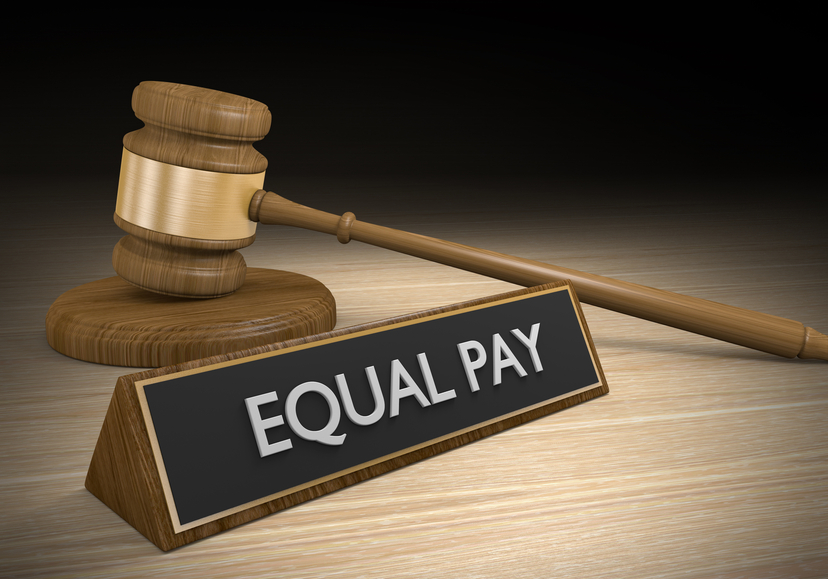There’s been a lot of discussion lately around the persistent gender pay gap and what it says about today’s workplace. And while it is necessary to have an open conversation about this issue, there is another significant gap between men and women at work: the employee engagement gap.
 |
By Greg Harris
A recent survey by my company, Quantum Workplace, found that while 72.7 percent of men are engaged at work, just 67.9 percent of women are. Our current employee engagement strategies are failing women. And despite their hard work, we’re disconnecting women professionally.
Whether we’re prepared to admit it or not, our biases create different work environments for men and women. To begin with, there’s no open discussion about gender inequality.
Very few feel comfortable talking about what they are experiencing or what they are seeing because of the stigma that still hovers around women. For example, if a woman feels she’s been passed over for a promotion for unfair reasons, she can’t simply ask for justifications about why the decision was made.
“Are you calling me sexist?” or “Don’t be a sore loser” are the most likely responses she’ll get if she even brings the subject up. Now, nobody likes to have their motives questioned, but that stops all dialogue in its tracks.
Not to mention that there’s still disagreement about whether or not gender inequalities even still exist. A 2015 survey from the Pew Research Center found 65 percent of female professionals think gender discrimination is still an issue, but only 48 percent of men agreed. To get everyone on the same page, it’s up to business leaders to encourage all employees to be open and honest about what’s going on in the organization.
Regular feedback surveys are the answer. They give employees a safe space to bring up their concerns, and they help employers better identify differences in how men and women feel they are being treated so any problems can be resolved. Another thing that needs to be addressed is the fact that, intentionally or not, managers don’t treat men and women the same. Just as we use different words or tones when we speak to a little boy compared to a little girl, managers interact with men and women distinctly.
While it might seem as though a difference in vocabulary wouldn’t make a huge difference, over time it does.
A report from Fortune looked at reviews received by both men and women. Although both genders were given constructive feedback, reviews of women had more negative undertones and were less conducive to their development. Men were given ways to “achieve even more,” but women were told to be less abrasive or “to step back and let others shine.” That was true regardless of the reviewing manager’s gender.
That means that not only are women making less money for the same job, but they’re also receiving less recognition for their performance. And that hurts engagement.
As with most things, the key is education. From lower management all the way to the C-suite, your entire organization needs to be aware of possible biases that exist. It’s very likely that managers don’t even realize what’s going on and unless managerial differences are brought to everyone’s attention, there’s no way to overcome them.
This will also help eliminate another glaring issue in the workplace: Women are held to higher standards.
In the aforementioned Pew Research Center report, men and women were asked why they thought there aren’t more female business leaders. Forty-three percent of respondents said it was due to women being held back because they are held to higher standards.
BIO: Greg Harris is the president and CEO of Quantum Workplace, a company dedicated to providing every organization with quality engagement tools that guide their next step in making work better every day. You can connect with Greg and the Quantum Workplace team on LinkedIn, Twitter, and Facebook.
Tomorrow we’ll hear more from Greg Harris on the gender employment gap.
